Home>Gardening & Outdoor>Garden Tools & Equipment>What To Look For In A Leaf Blower
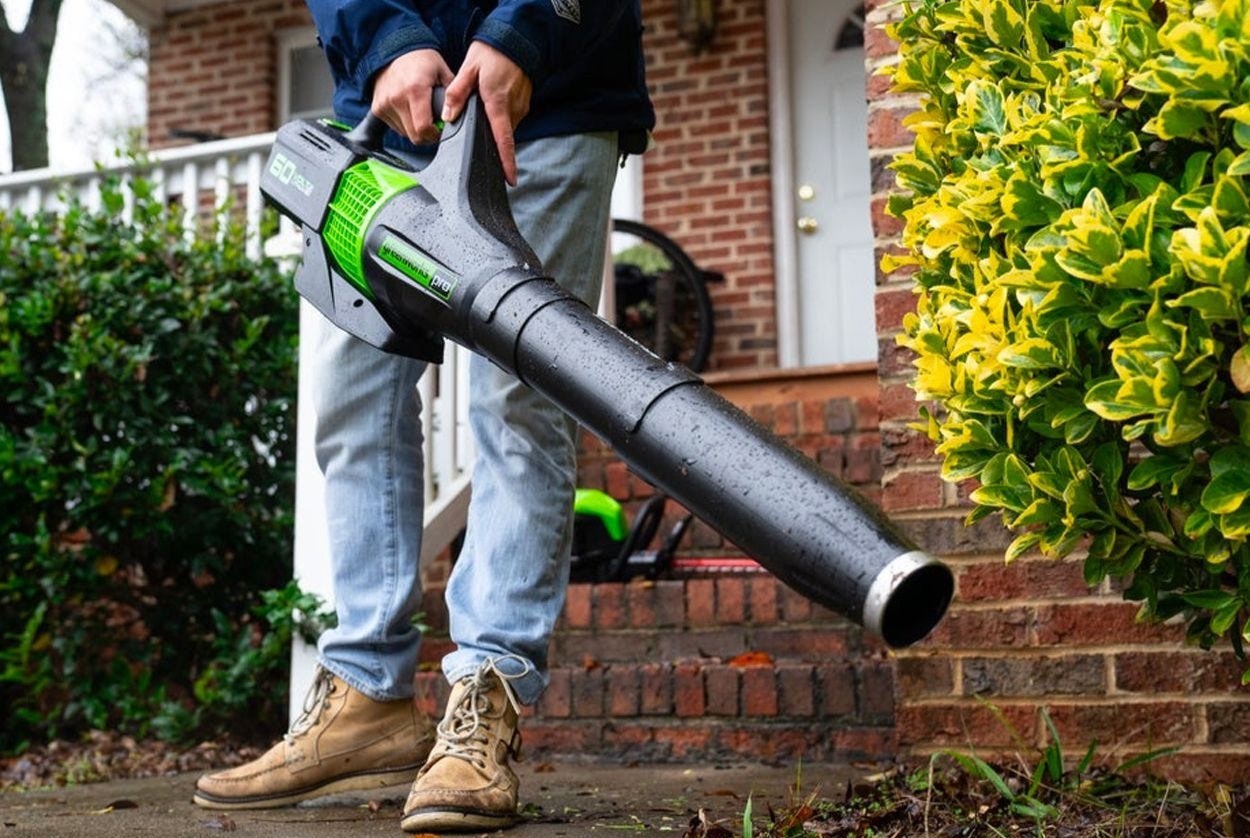

Garden Tools & Equipment
What To Look For In A Leaf Blower
Modified: February 18, 2024
Discover the key features to consider when choosing a leaf blower for your gardening needs. Find the best garden tools and equipment for efficient yard maintenance. Explore our top recommendations!
(Many of the links in this article redirect to a specific reviewed product. Your purchase of these products through affiliate links helps to generate commission for Storables.com, at no extra cost. Learn more)
Introduction
When it comes to maintaining a tidy and manicured garden, having the right tools can make all the difference. A leaf blower is an essential piece of equipment for efficiently clearing leaves, debris, and grass clippings from your outdoor spaces. Whether you're a seasoned gardener or a novice enthusiast, selecting the right leaf blower can significantly impact the ease and effectiveness of your yard work.
In this comprehensive guide, we'll delve into the key factors to consider when choosing a leaf blower. From power sources to airflow capacity, noise levels, portability, versatility, pricing, and warranties, we'll explore the essential features that can help you make an informed decision. By the end of this article, you'll be equipped with the knowledge to select a leaf blower that aligns with your specific needs and preferences, allowing you to breeze through your outdoor maintenance tasks with ease and efficiency.
Key Takeaways:
- Choose a leaf blower based on your yard size and mobility needs. Gas-powered blowers offer power but require maintenance, while electric and battery-powered options provide convenience and quieter operation.
- Consider a leaf blower’s noise level and versatility. Opt for a quieter model with multi-function capabilities to maintain a harmonious outdoor environment and streamline your yard work.
Read more: What Is A Leaf Blower
Power Source
One of the first considerations when choosing a leaf blower is the power source. Leaf blowers are commonly available in three main power options: gas-powered, electric (corded), and battery-powered (cordless).
- Gas-Powered: These leaf blowers are typically more powerful and suitable for larger properties. They offer the freedom of movement without being tethered to a cord, making them ideal for expansive outdoor spaces. However, they tend to be heavier, noisier, and require regular maintenance, including fueling and oil changes.
- Electric (Corded): Corded electric leaf blowers are known for their consistent power output and are ideal for smaller yards. They are lighter than gas-powered models and require minimal maintenance. However, their range is limited by the length of the power cord, which may necessitate the use of extension cords for larger areas.
- Battery-Powered (Cordless): Cordless leaf blowers offer the advantage of portability and freedom of movement without the constraints of a cord. They are quieter and more environmentally friendly than gas-powered models. While they may not match the power of gas blowers, advancements in battery technology have led to significant improvements in performance and runtime.
When selecting a leaf blower based on power source, consider the size of your outdoor space, the proximity of power outlets, the need for mobility, and your preference for noise levels and maintenance requirements. Each power option has its own advantages and limitations, so choosing the right power source is crucial in finding a leaf blower that meets your specific needs.
Airflow
When assessing leaf blowers, airflow is a critical factor that directly influences their effectiveness in clearing debris. The airflow is typically measured in cubic feet per minute (CFM) and indicates the volume of air the blower can expel in a minute. Additionally, the airspeed, measured in miles per hour (MPH), determines the force with which the air is expelled.
High CFM and MPH ratings indicate a more powerful airflow, which can swiftly move and dislodge leaves and debris from various surfaces. For heavy-duty tasks such as clearing wet leaves or compacted debris, a higher airflow capacity is essential for efficient and thorough cleaning. However, for lighter tasks such as sweeping dry leaves from a driveway, a lower airflow capacity may suffice.
It’s important to consider the specific cleaning requirements of your outdoor space when evaluating airflow. A balance between CFM and MPH is crucial, as a high CFM alone may not guarantee effective cleaning if the airspeed is insufficient to dislodge stubborn debris. Conversely, a high MPH with a low CFM may result in limited coverage and may not be suitable for larger areas.
Furthermore, some leaf blowers feature variable speed settings, allowing users to adjust the airflow according to the task at hand. This versatility can be advantageous, as it provides the flexibility to tackle a range of cleaning jobs with optimal efficiency.
Ultimately, understanding the relationship between CFM and MPH and how they align with your specific cleaning needs will guide you in selecting a leaf blower with the appropriate airflow capacity to maintain your outdoor spaces with ease.
Noise Level
Aside from performance features, the noise level of a leaf blower is a significant consideration, particularly for users who prioritize a quieter and more neighbor-friendly operation. Leaf blowers are notorious for their noise, and local regulations may impose restrictions on the decibel levels permitted during operation.
Gas-powered leaf blowers are generally the loudest, emitting high decibel levels that can cause disturbance to both users and those in the vicinity. Electric leaf blowers, whether corded or cordless, tend to produce less noise, making them a more favorable option for noise-sensitive environments.
When assessing the noise level of a leaf blower, it’s essential to review the manufacturer’s specifications and user reviews to gauge the decibel output. Additionally, some models are designed with noise-reducing features, such as insulated housing or advanced motor technology, to minimize sound emissions without compromising performance.
For users seeking a quieter leaf blower experience, selecting a model with a lower decibel rating or noise-reducing features can contribute to a more pleasant and considerate outdoor maintenance routine. Furthermore, adhering to local noise regulations and being mindful of noise pollution can foster positive relations with neighbors and the community.
By factoring in the noise level of a leaf blower alongside its performance capabilities, users can strike a balance between effective yard maintenance and respectful operation, ensuring a harmonious outdoor environment for all.
When looking for a leaf blower, consider the power source (gas, electric, or battery), the airspeed and volume (measured in miles per hour and cubic feet per minute), and the weight and ergonomics for comfortable use.
Weight and Portability
When considering a leaf blower, the weight and portability of the unit are crucial factors that impact user comfort and maneuverability during operation. The weight of a leaf blower can vary significantly depending on the power source and design, influencing its ease of use and suitability for different individuals.
Gas-powered leaf blowers are typically heavier due to their internal combustion engines and fuel tanks, making them more cumbersome to handle, especially during prolonged use. In contrast, electric leaf blowers, whether corded or cordless, tend to be lighter, enhancing maneuverability and reducing user fatigue.
For users with larger properties or extensive cleaning tasks, the portability of the leaf blower is a key consideration. Cordless models offer the greatest freedom of movement, allowing users to navigate around the property without the limitations of a power cord. However, it’s important to assess the battery runtime to ensure it aligns with the duration of your typical yard work sessions.
Ergonomic design features, such as padded handles and adjustable straps, can enhance comfort during operation, particularly for extended use. Additionally, the balance and distribution of weight in the leaf blower can impact its ease of handling, especially when directing the airflow to specific areas.
By evaluating the weight and portability of a leaf blower, users can select a model that suits their physical capabilities and the demands of their outdoor maintenance tasks. Whether it’s navigating tight spaces, reaching elevated areas, or maneuvering around landscaping features, a lightweight and portable leaf blower can streamline the cleaning process and contribute to a more enjoyable yard work experience.
Read more: What Is The Best Leaf Blower
Versatility
When investing in a leaf blower, it’s advantageous to consider its versatility in handling various outdoor cleaning tasks beyond leaf and debris removal. A versatile leaf blower can serve multiple functions, offering greater utility and value for users seeking a multi-purpose yard maintenance tool.
Some leaf blowers feature conversion capabilities, allowing them to transition into vacuum or mulching modes. This versatility enables users to collect and shred debris, reducing it to mulch for composting or disposal. The ability to switch between blowing and vacuuming functions streamlines the cleanup process, especially when managing leaves in landscaping beds, tight corners, or along fences.
Furthermore, certain models come with attachments or accessories that expand their functionality. Attachments such as concentrator nozzles or extension tubes can facilitate targeted airflow for precision cleaning, while gutter cleaning kits enable users to clear debris from roof gutters without the need for a separate tool.
For users seeking a comprehensive yard maintenance solution, selecting a leaf blower with versatile capabilities can minimize the need for additional equipment, saving both storage space and expenses. The convenience of a multi-functional leaf blower streamlines outdoor cleaning tasks, providing efficiency and flexibility in managing various types of debris and surfaces.
By assessing the versatility of a leaf blower and its potential to fulfill diverse cleaning needs, users can make an informed decision that aligns with their preferences for a comprehensive and adaptable yard maintenance tool.
Price and Warranty
When purchasing a leaf blower, the price and warranty are pivotal factors that influence the overall value and long-term satisfaction with the product. Understanding the relationship between price, quality, and warranty coverage is essential in making a well-informed investment in a reliable and durable leaf blower.
Leaf blowers are available across a wide price spectrum, ranging from budget-friendly options to high-end, professional-grade models. The price of a leaf blower is often reflective of its power, performance features, and build quality. While budget-friendly models may suffice for light-duty tasks, investing in a higher-quality, more robust leaf blower can yield superior performance and longevity.
When evaluating the price of a leaf blower, it’s important to consider the long-term value it offers. A higher initial investment in a premium model with advanced features and durable construction may translate to reduced maintenance costs and a longer service life, providing a more cost-effective solution in the long run.
Additionally, assessing the warranty provided by the manufacturer is crucial in safeguarding the investment. A comprehensive warranty not only instills confidence in the product’s reliability but also offers protection against potential defects and malfunctions. Warranties vary in duration and coverage, with some manufacturers offering extended warranty options for an additional cost.
Understanding the terms and conditions of the warranty, including coverage for parts and labor, as well as any exclusions or limitations, is essential in gauging the level of support and protection provided by the manufacturer. Furthermore, reputable brands often back their products with robust warranties, reflecting their commitment to customer satisfaction and product quality.
By carefully weighing the price of a leaf blower against its features, performance, and the assurance of a reliable warranty, users can make a well-rounded assessment of the overall value and peace of mind offered by the product. A balanced consideration of price and warranty can guide users in selecting a leaf blower that aligns with their budget, performance expectations, and long-term reliability.
Conclusion
Choosing the right leaf blower is a decision that can significantly impact the efficiency and enjoyment of your outdoor maintenance tasks. By considering key factors such as power source, airflow capacity, noise level, weight and portability, versatility, price, and warranty, you can make an informed choice that aligns with your specific needs and preferences.
The power source of the leaf blower plays a pivotal role in determining its performance, maintenance requirements, and suitability for your outdoor space. Whether you opt for the robust power of a gas-powered model, the consistent performance of a corded electric blower, or the portability of a battery-powered unit, selecting the right power source is fundamental.
Assessing the airflow capacity and airspeed of a leaf blower is crucial in ensuring its effectiveness in clearing debris from various surfaces. Balancing these factors with your specific cleaning requirements will guide you toward a model that optimally meets your needs.
Furthermore, considering the noise level of the leaf blower is essential, particularly for users who prioritize a quieter and more considerate operation. Selecting a model with noise-reducing features or lower decibel output can contribute to a more harmonious outdoor environment.
The weight and portability of the leaf blower directly impact user comfort and maneuverability during operation. Evaluating the ergonomic design, weight distribution, and portability features will guide you in selecting a model that enhances your yard work experience.
Exploring the versatility of a leaf blower, including its conversion capabilities and accessory options, can provide a comprehensive yard maintenance solution that minimizes the need for additional equipment, streamlining the cleaning process and offering greater utility.
When considering the price and warranty of a leaf blower, it’s essential to assess the long-term value, quality, and warranty coverage to make a well-informed investment in a reliable and durable product that offers peace of mind.
By integrating these considerations into your decision-making process, you can confidently select a leaf blower that aligns with your budget, cleaning requirements, and long-term expectations. With the right leaf blower at your disposal, you can breeze through your outdoor maintenance tasks with efficiency, ease, and satisfaction.
Frequently Asked Questions about What To Look For In A Leaf Blower
Was this page helpful?
At Storables.com, we guarantee accurate and reliable information. Our content, validated by Expert Board Contributors, is crafted following stringent Editorial Policies. We're committed to providing you with well-researched, expert-backed insights for all your informational needs.
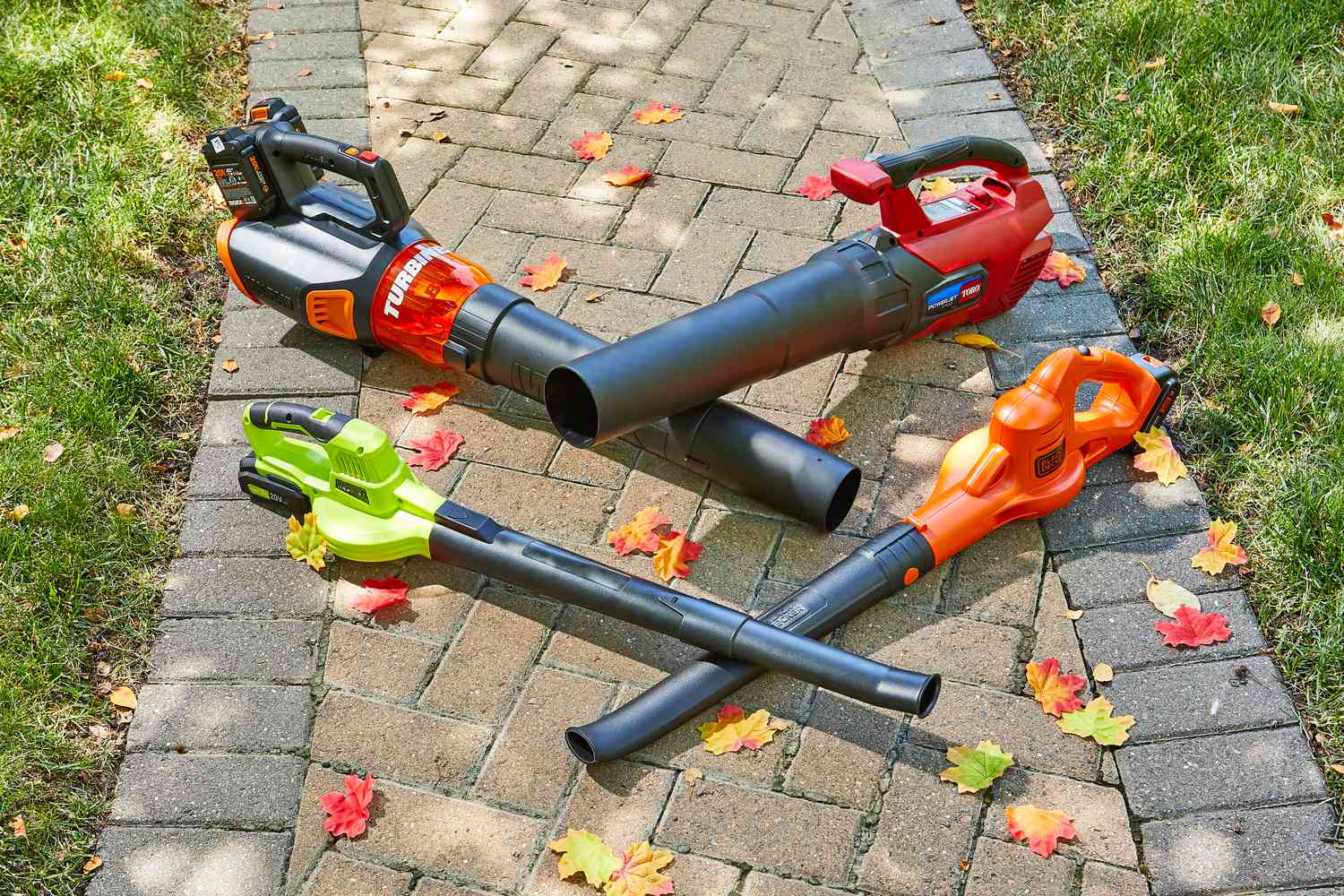
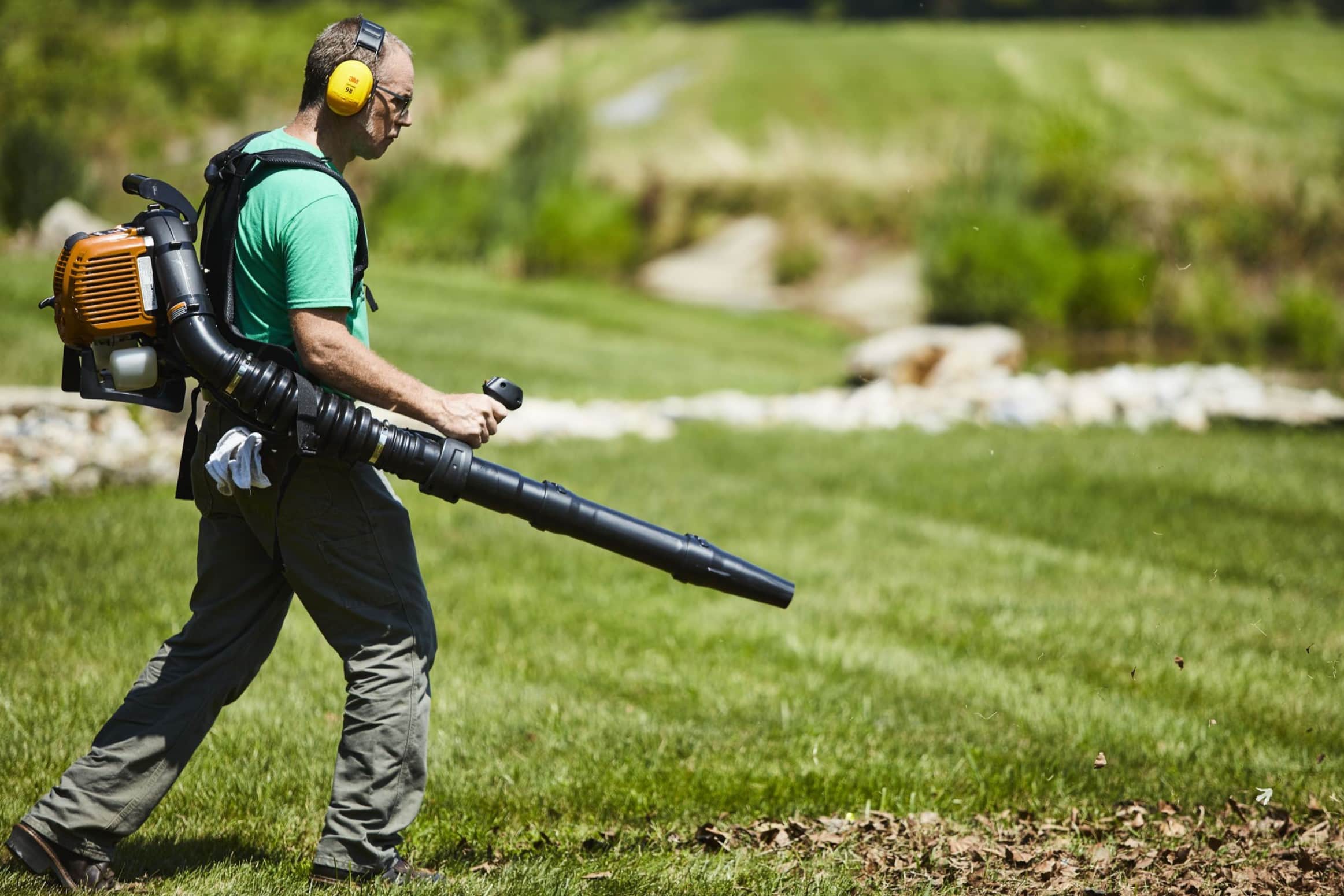
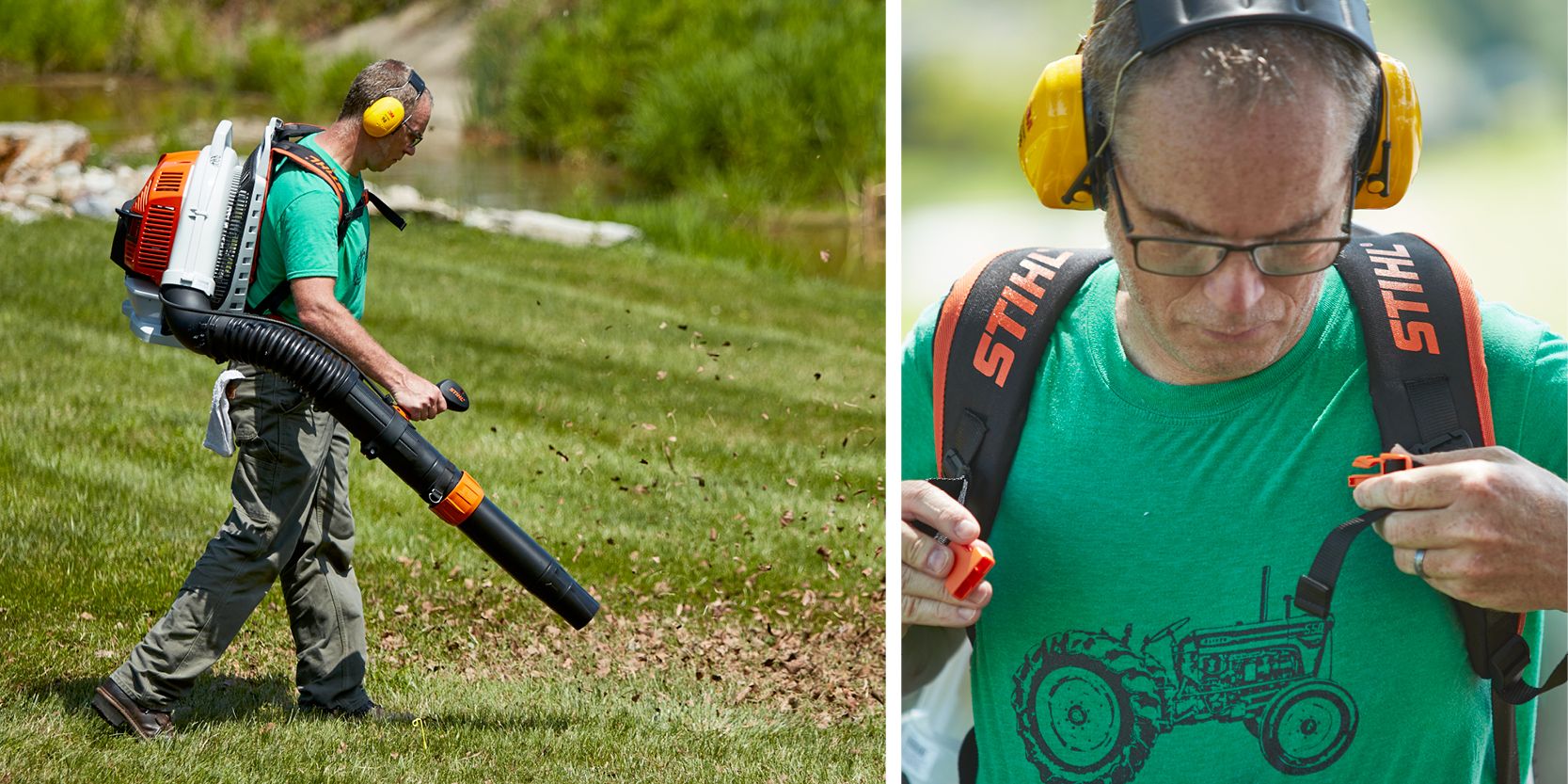
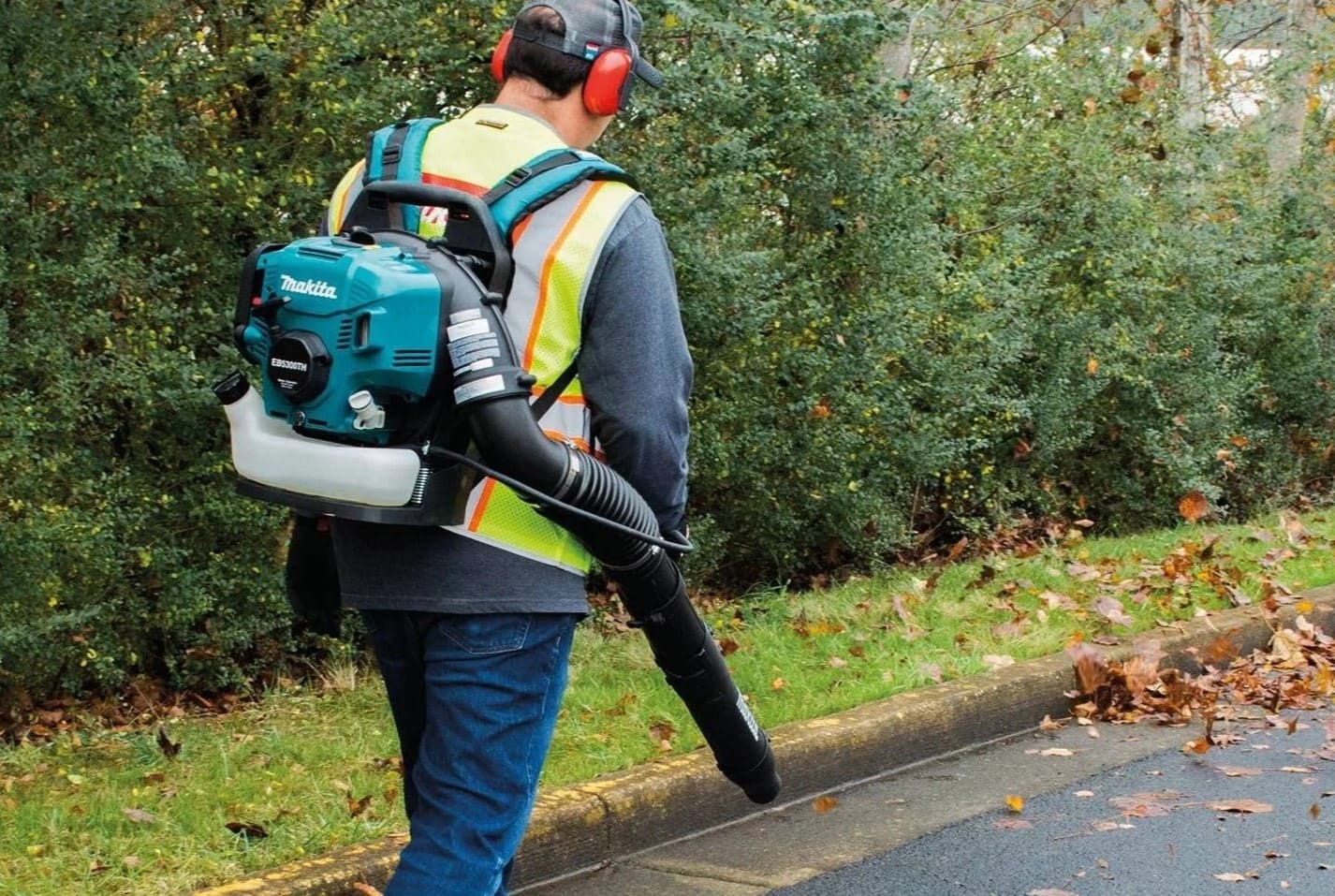
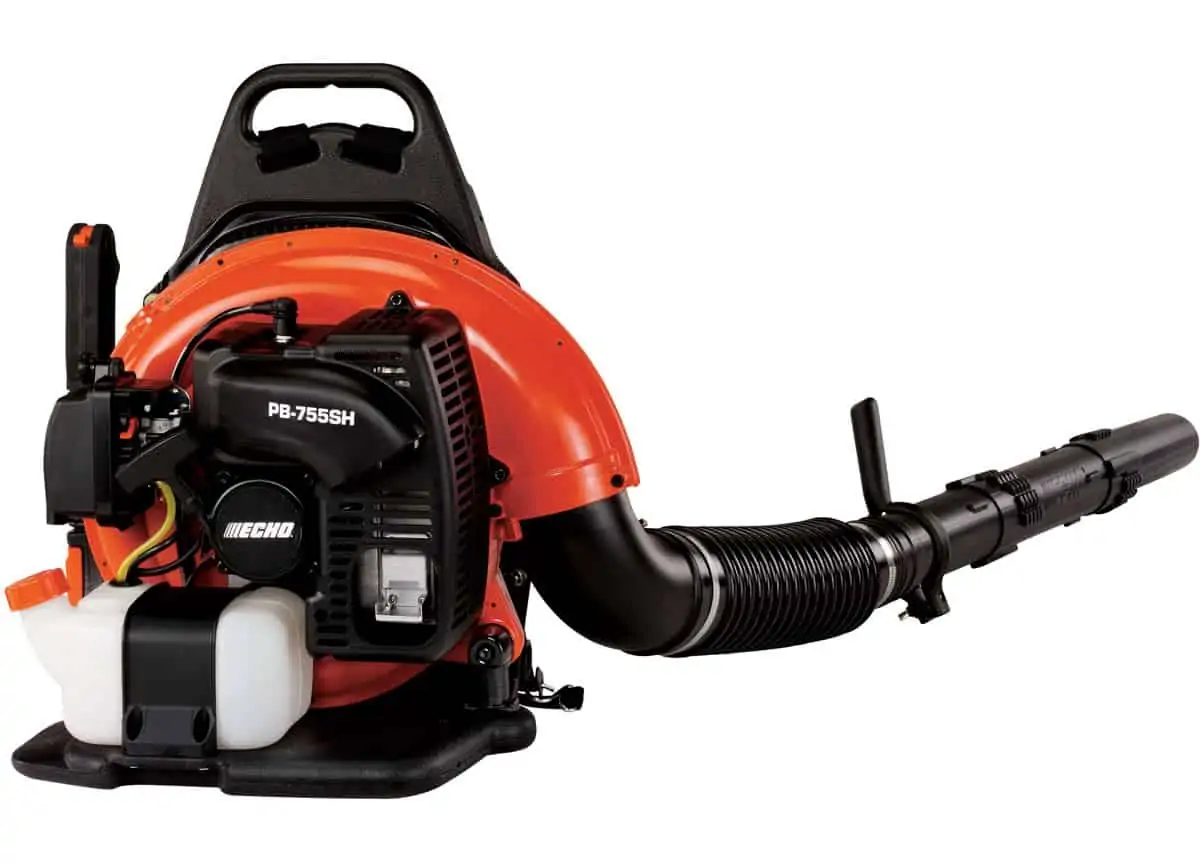
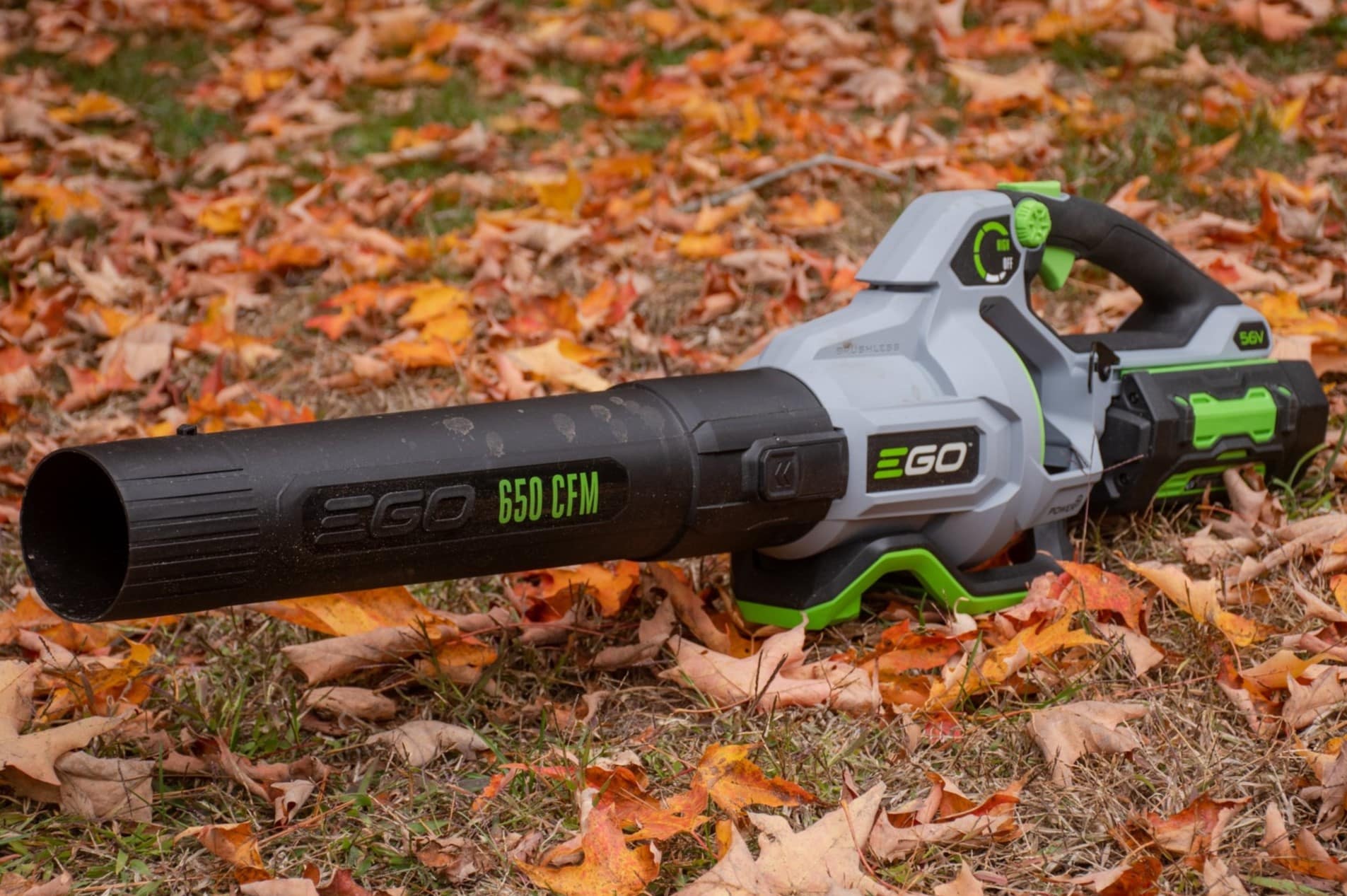
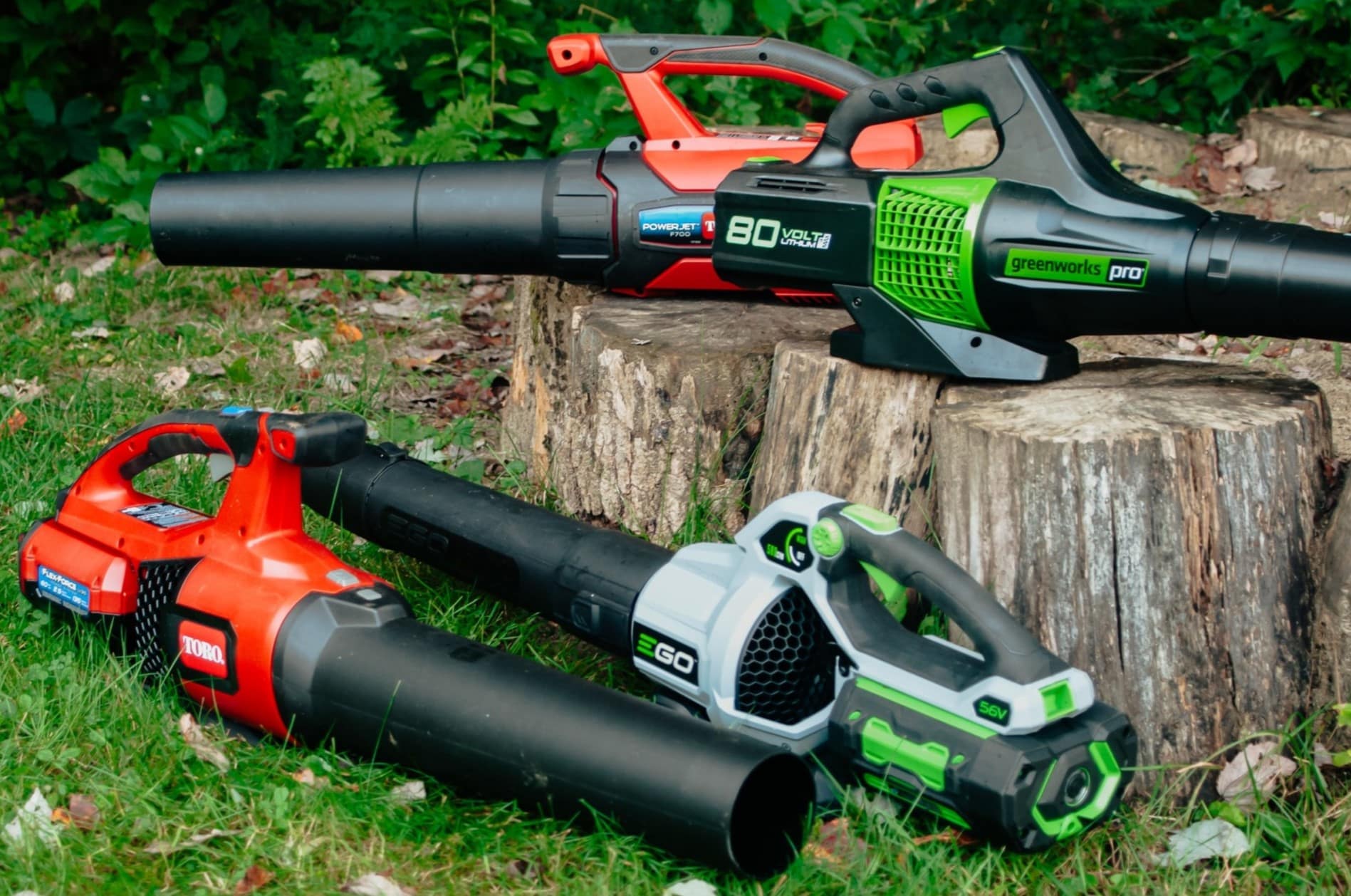
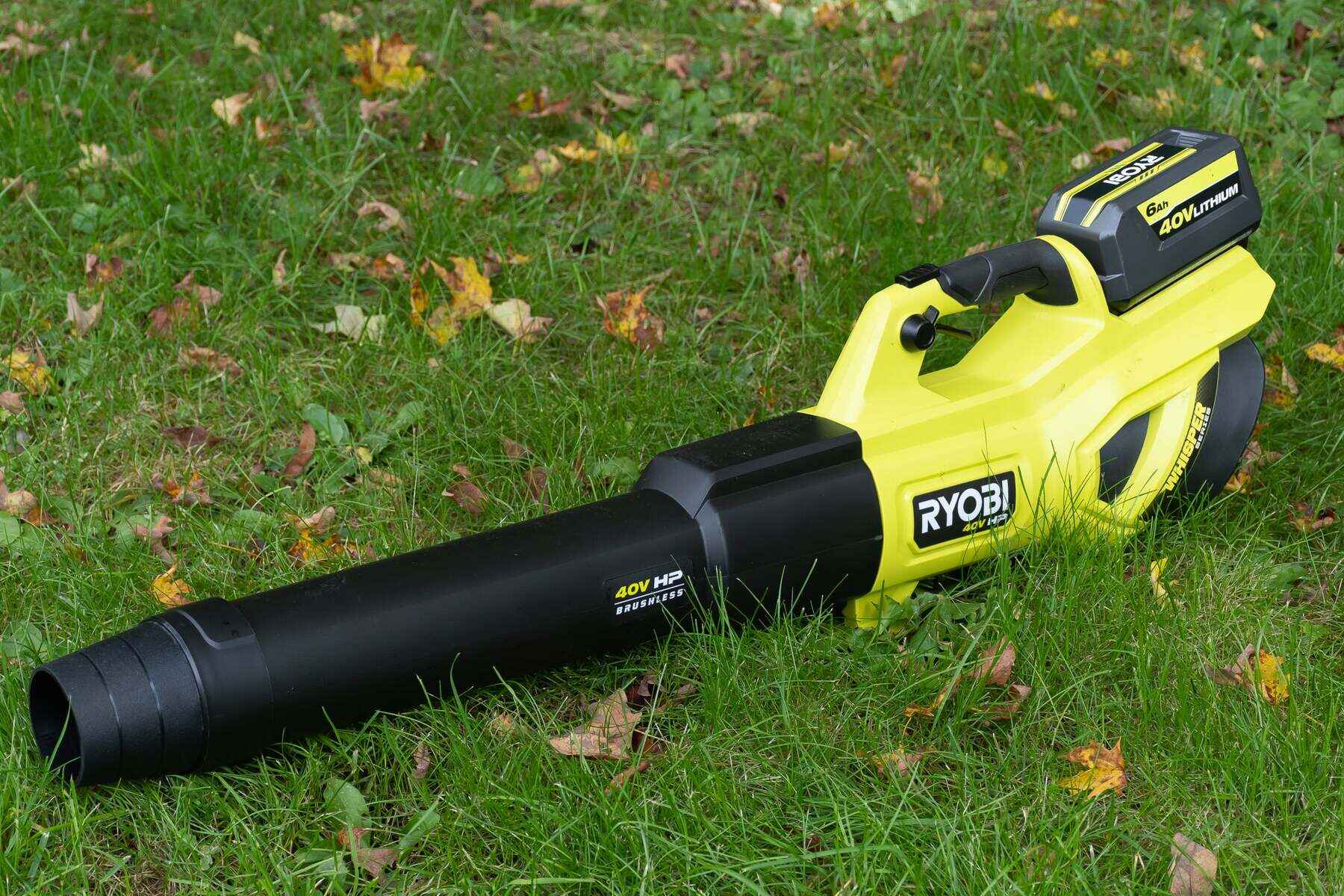
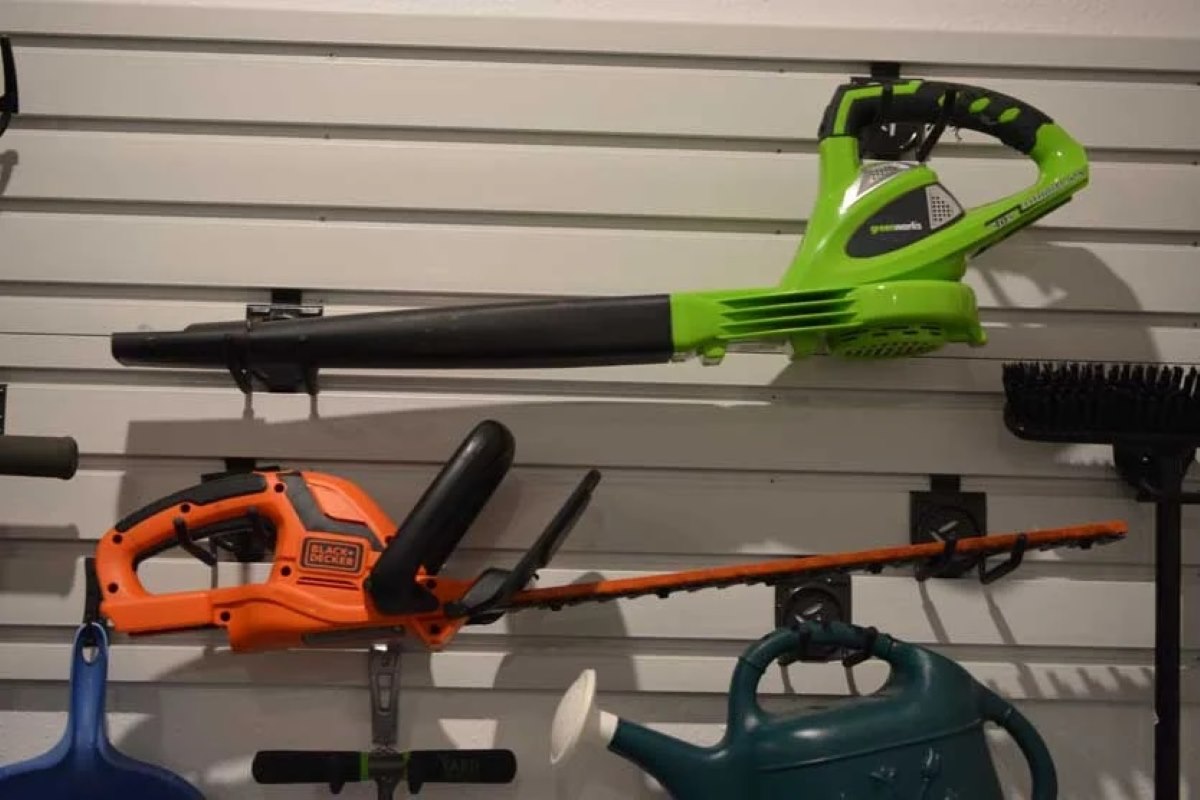

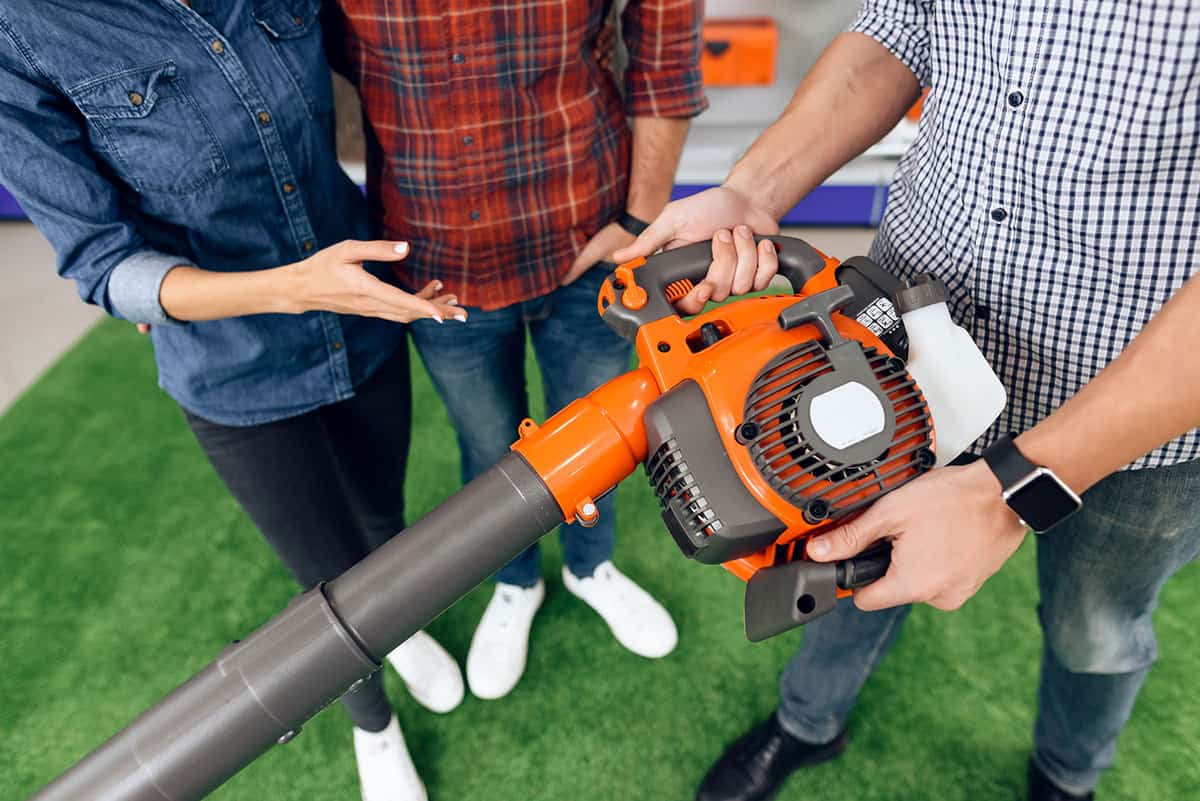
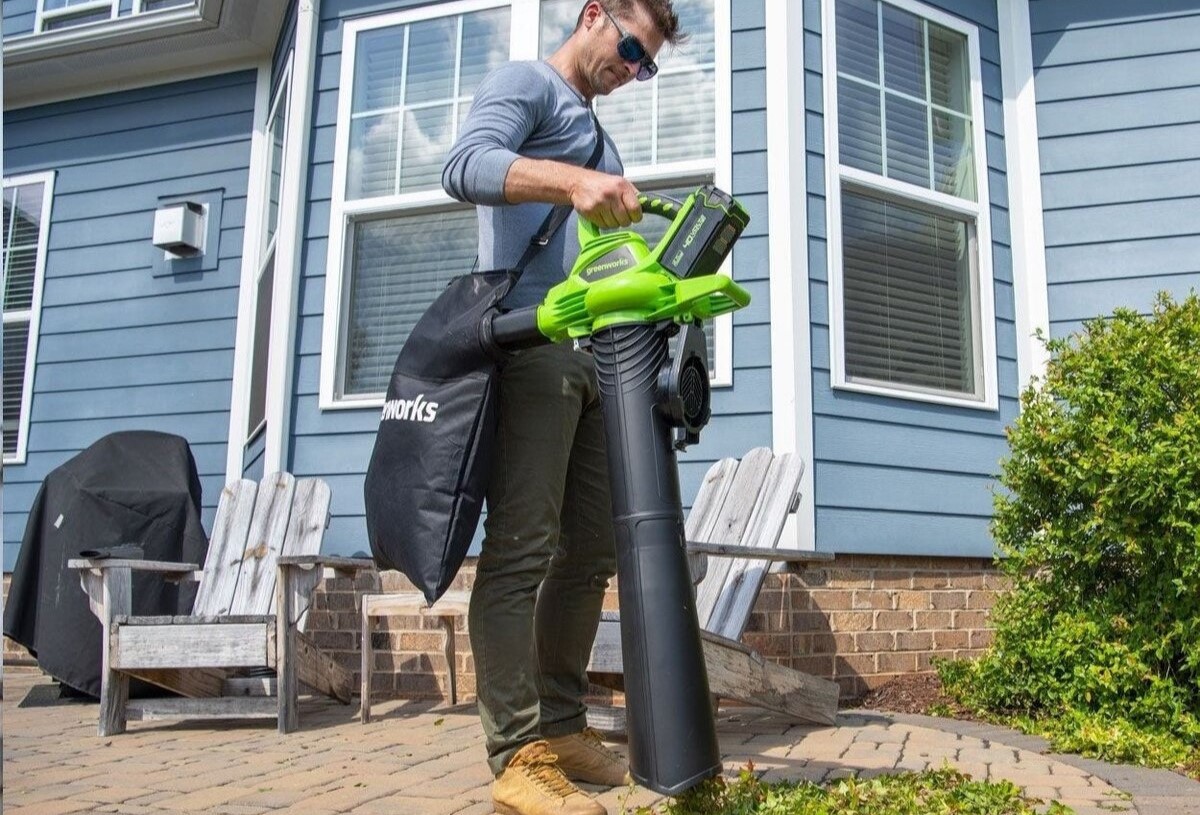
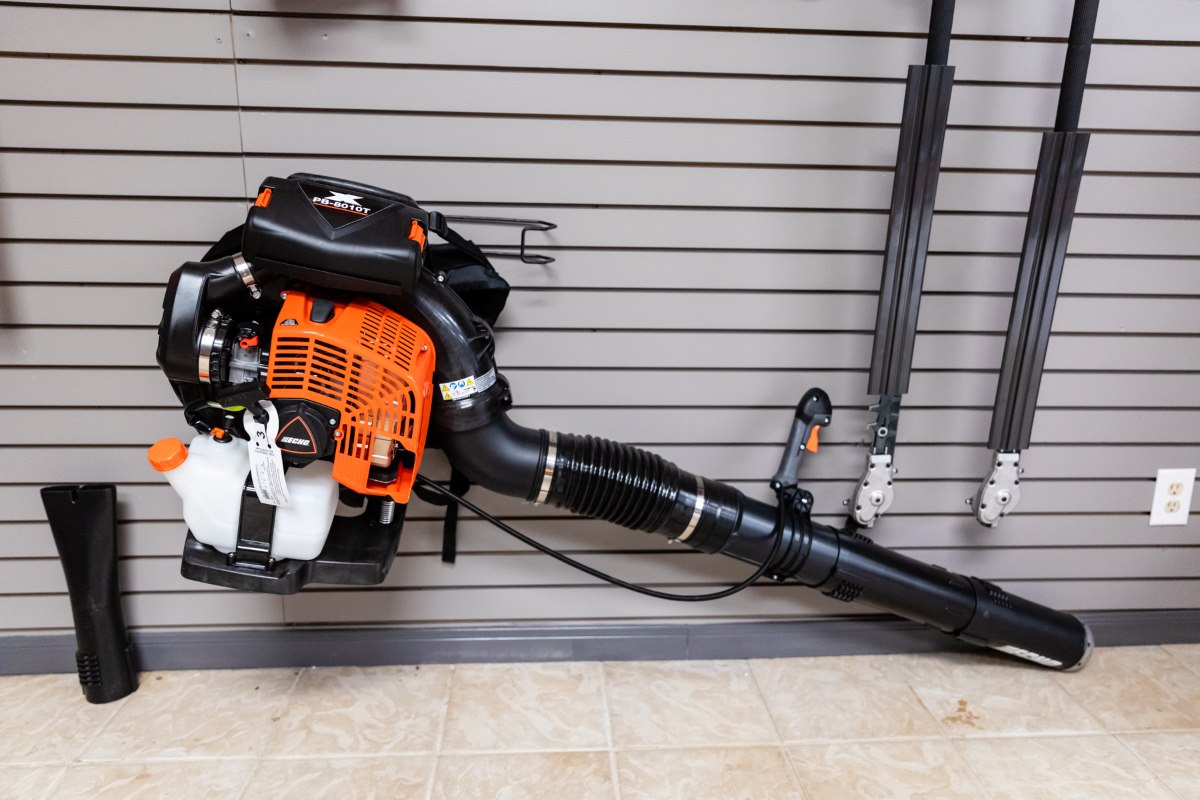
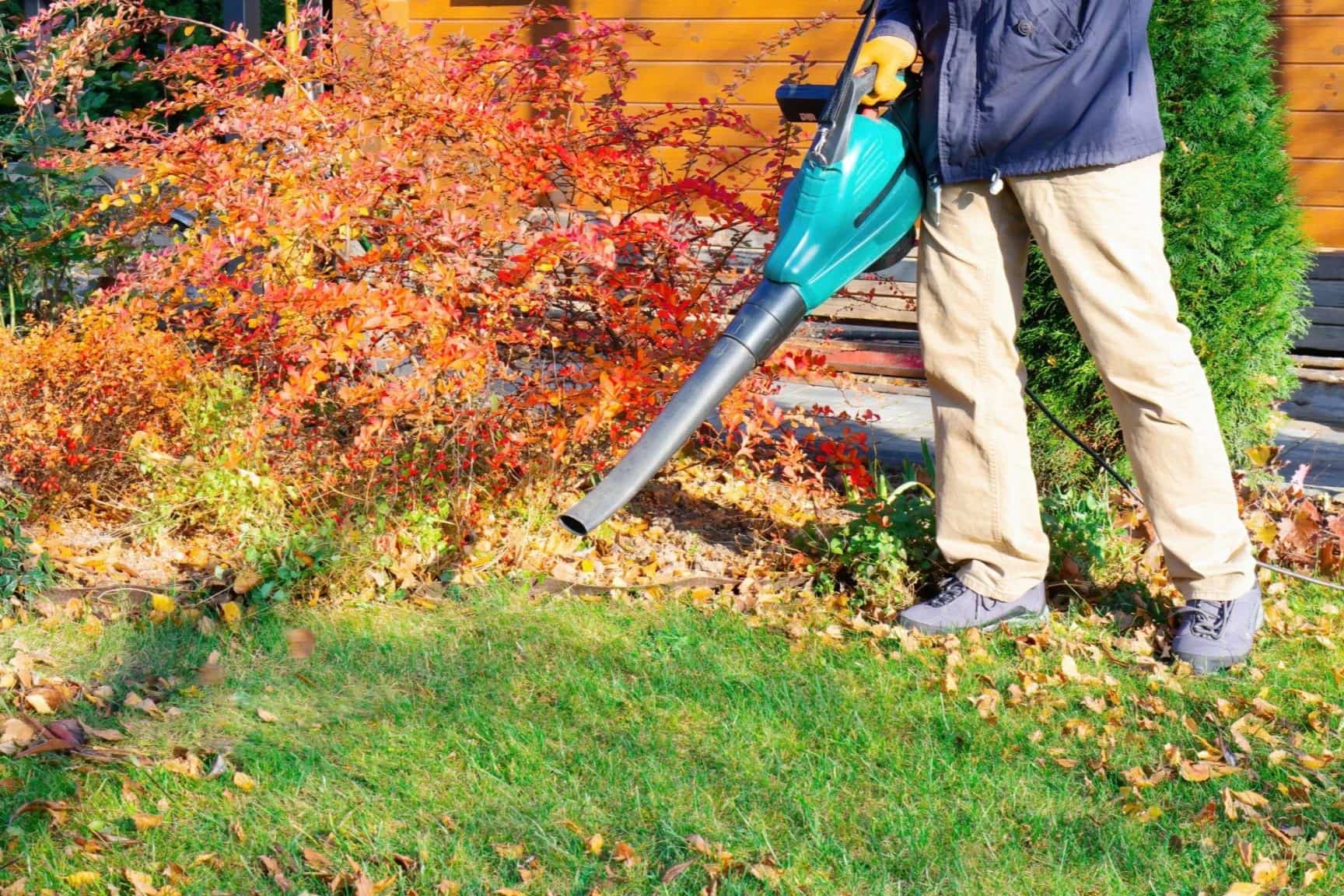

0 thoughts on “What To Look For In A Leaf Blower”